

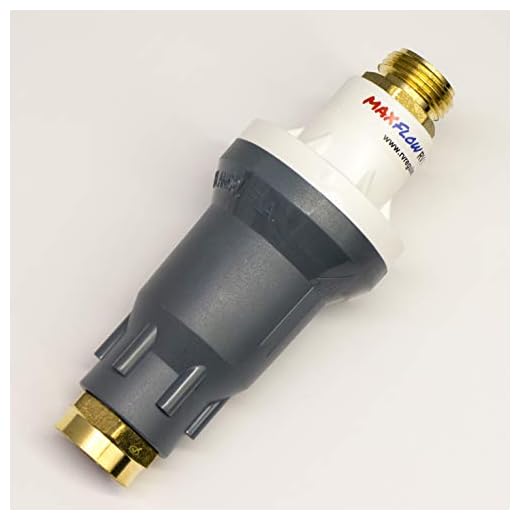

To achieve peak performance from your cleaning machine, aim for a minimum specification of 1300 to 2000 psi. This range effectively tackles most common tasks, including patio cleaning, vehicle washing, and removing stubborn grime.
It’s crucial to pair the appropriate flow rate with the specified force. Look for a minimum of 1.5 to 2.5 gallons per minute (gpm). This ensures sufficient water delivery, allowing for efficient cleaning without excessive strain on the device.
Consider the nozzle types as well; interchangeable options enable you to tailor the intensity. For tougher surfaces, a narrower spray pattern is advantageous, while wider angles suit delicate jobs, preventing potential damage.
Lastly, maintaining the source from which your unit draws its liquid also merits attention. Ensure your supply meets these specifications to prolong the lifespan of your equipment and enhance its utility during operation.
Recommended Levels for Optimal Cleaning Performance
Typically, a range of 100 to 150 bar is ideal for household units. This level is sufficient to handle most tasks like cleaning patios, driveways, and vehicles effectively. If the model operates below 100 bar, it may struggle with tougher grime and dirt.
For more rigorous jobs, consider models that offer adjustable settings, allowing you to increase the output depending on the surface. Some stubborn stains might require up to 180 bar for adequate cleaning. Always refer to the manufacturer’s specifications to ensure compatibility and prevent damage.
Assessing Your Cleaning Requirements
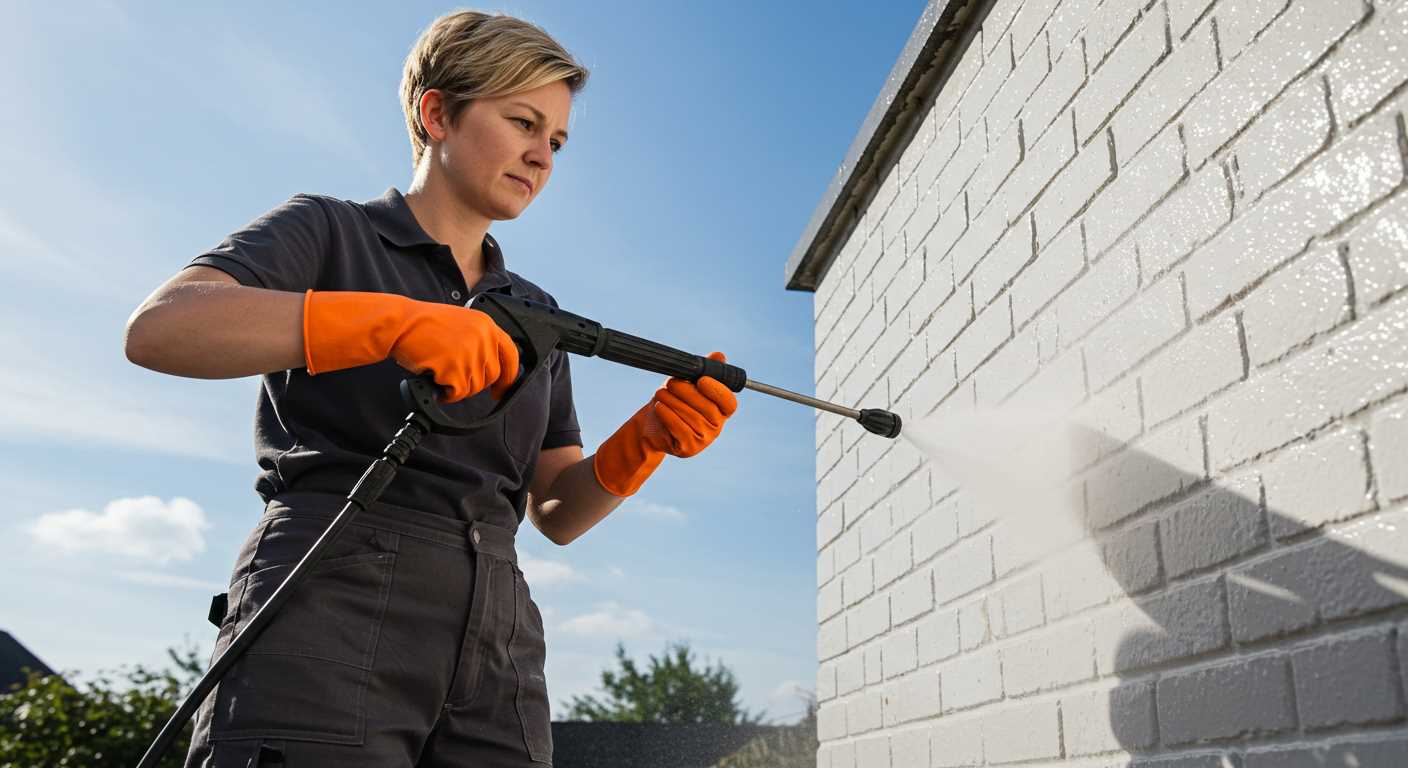
It’s important to evaluate the tasks you intend to perform. For light cleaning, such as garden furniture or outdoor tools, around 100 bar will suffice. Medium-duty tasks, like cleaning vehicles or decking, benefit from 130 to 150 bar. Heavy-duty projects, including stone or concrete surfaces, will likely need at least 160 bar for optimal results.
Consulting product reviews and expert recommendations can also provide insights into which machine best suits your project needs, particularly if you’re unfamiliar with the equipment available on the market.
Understanding Water Pressure Ratings for Power Washers
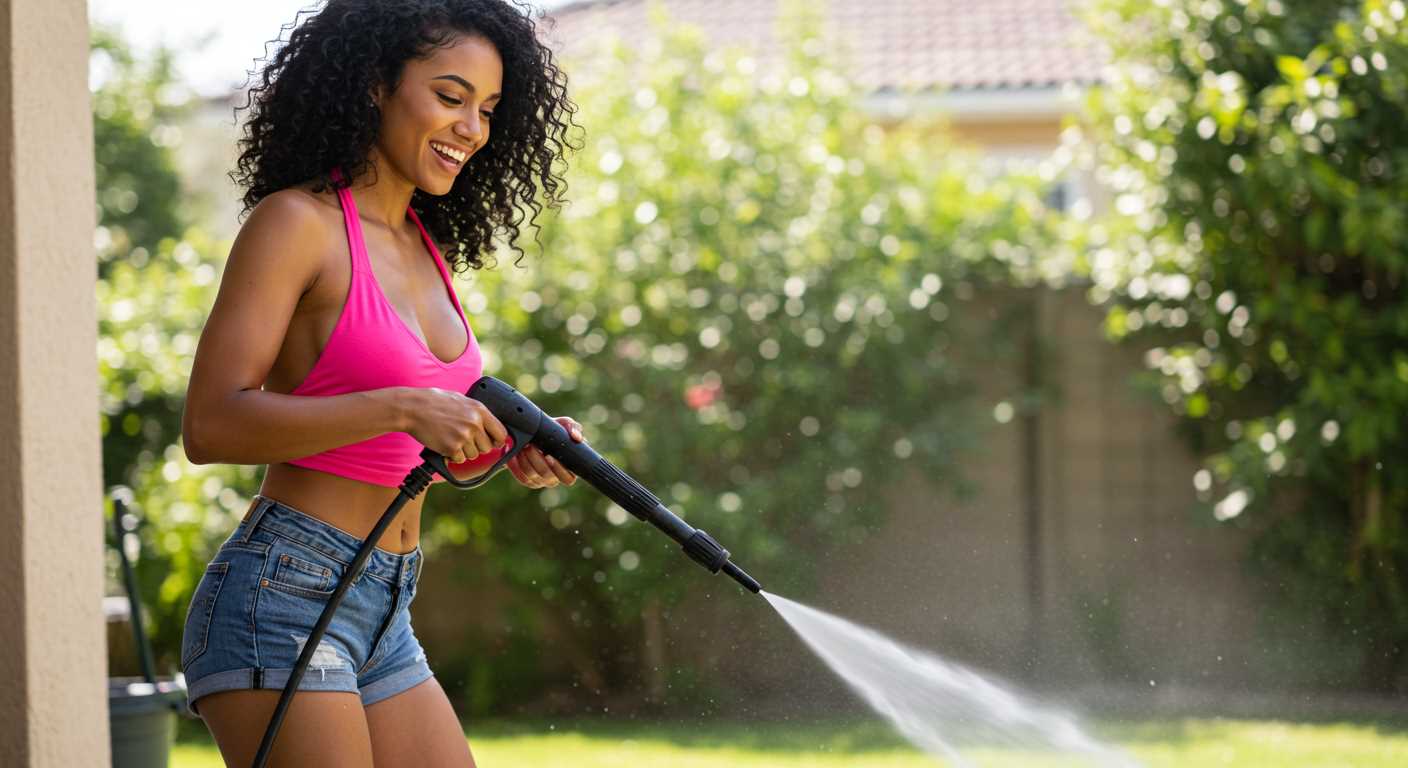
For optimal cleaning performance, I advise selecting units that operate within the range of 1300 to 2300 PSI. This range is typically sufficient for residential tasks such as patio cleaning, vehicle washing, and siding maintenance. Higher ratings may be suitable for specialized applications but could lead to damage if misused on delicate surfaces.
It’s imperative to consider the GPM (gallons per minute) rating as well, as it directly influences cleaning efficiency. A combination of high PSI and GPM results in effective dirt removal. For example, a model operating at 1500 PSI with a GPM of 2.0 delivers a cleaning power of 3000 cleaning units, which is often adequate for lighter household chores.
| Application | Recommended PSI | Recommended GPM |
|---|---|---|
| Car washing | 1300 – 2000 | 1.4 – 2.2 |
| Concrete surfaces | 2000 – 3000 | 2.0 – 3.0 |
| Siding | 1500 – 2500 | 1.5 – 2.5 |
| Decks and patios | 1500 – 2500 | 1.5 – 2.5 |
It’s also crucial to match the nozzle type to the intended cleaning job, as different nozzles can significantly affect the distance and surface impact. A zero-degree nozzle produces a concentrated stream, ideal for tough stains, while a wider fan nozzle disperses the force, suitable for cleaning larger areas without causing damage.
Always check your local water supply’s specifications. Insufficient residential flow can affect performance, and ensuring an adequate supply ensures maximum efficiency and effectiveness during cleaning tasks.
Minimum Requirements for Home Use
To achieve optimal cleaning performance with a home cleaning device, a minimum of 20 to 30 bar (290 to 435 psi) of input force is typical. This level allows for effective removal of dirt and grime from various surfaces.
It’s valuable to note that different tasks demand varying amounts of input force. For routine cleaning of patios and driveways, around 30 bar suffices. However, tackling tougher stains or surfaces may require 120 bar (1740 psi) for efficient results.
Assess the specific machine’s manual for precise requirements, as each model might have its own specifications. Understanding the capabilities of your model is paramount in ensuring effective cleaning without causing damage.
Maintaining a consistent flow rate of about 6 to 8 litres per minute will also enhance performance, especially when using attachments like nozzles. Insufficient flow can lead to subpar results and decreased efficiency in cleaning tasks.
Regularly checking the input source for any blockages or reductions in flow can help maintain optimal operation. This proactive approach ensures that the equipment works effectively, prolonging its lifecycle and maximising performance.
Impact of Flow Rate on Equipment Performance
A flow rate of 5-8 litres per minute is optimal for most cleaning tasks. Higher rates increase efficiency, while lower rates can lead to subpar results.
How Flow Rate Influences Cleaning Power
A higher flow rate helps maintain a consistent spray pattern, ensuring even coverage during operation. This enhances the effectiveness of detergents and reduces the time required for cleaning surfaces.
Matching Flow Rate with Nozzle Selection
Selecting the appropriate nozzle size is crucial. A 15-degree nozzle often benefits from 8 litres per minute, while a 25-degree option may work well with 5-6 litres per minute. Optimising these combinations increases overall cleaning performance.
In my experience, monitoring and adjusting the flow rate can drastically improve results, particularly when tackling tough grime or larger areas.
How to Measure Your Home’s Water Pressure
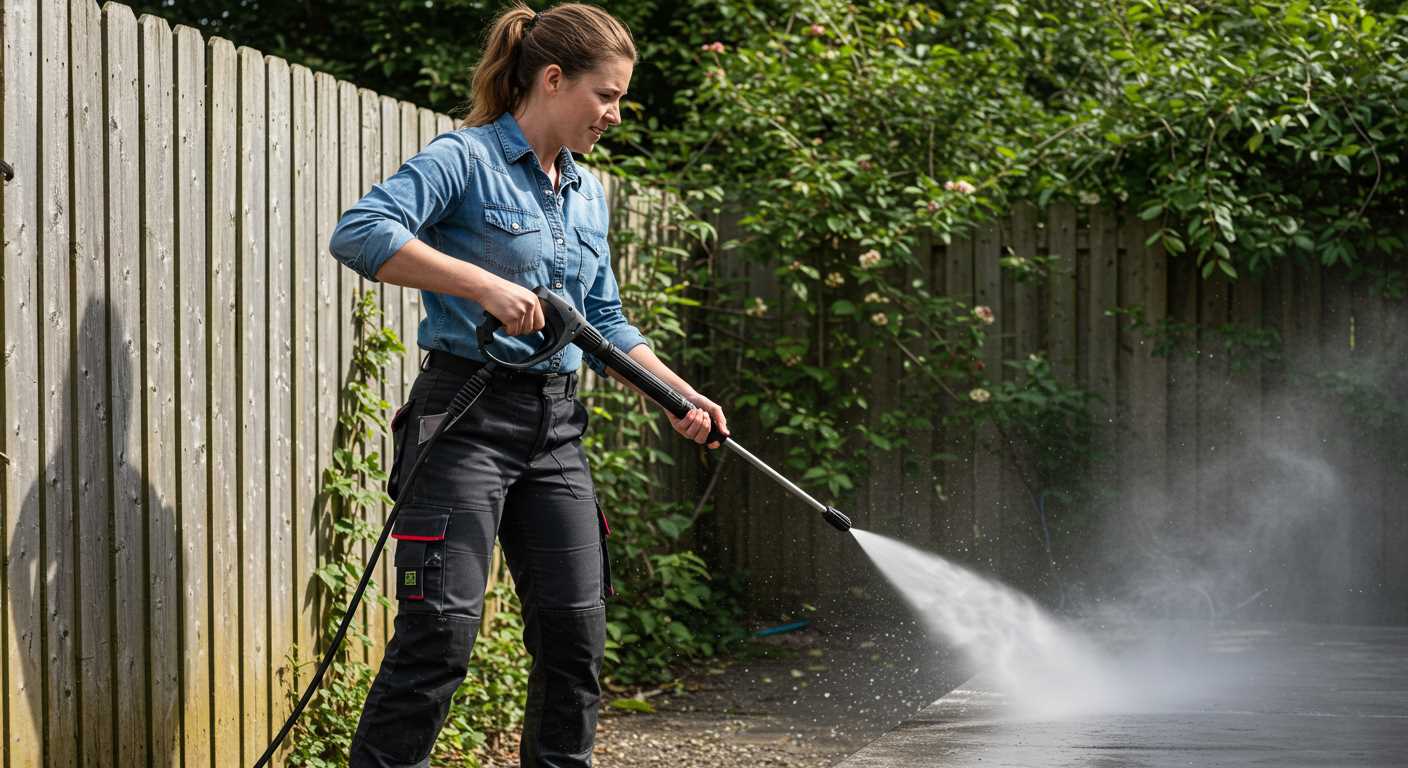
To accurately measure the force exerted by your plumbing system, use a pressure gauge. Simply attach the gauge to a garden hose fitting or an outdoor tap. Ensure the connection is tight to avoid any leaks. Turn on the tap fully to get a precise reading. A typical household setting should range between 40 to 60 psi (pounds per square inch).
Steps to Follow
1. Purchase a screw-on pressure gauge from a hardware store or online. Look for one specifically designed for domestic purposes.
2. Ensure no other fixtures are using water simultaneously while you conduct the test. This includes faucets, toilets, or any appliances.
3. Read the gauge once fully turned on; note the measurement. Higher readings may indicate excessive force, which could lead to plumbing issues.
Tips for Accurate Assessments
Consider checking your home’s pressure at different times of the day. Usage patterns can influence readings, leading to fluctuations depending on demand.
If results are consistently low, verify if your main supply valve is open fully. Obstructions or leaks in your plumbing might also be culprits for inadequate readings.
Regular checks ensure that your system remains in good condition and helps identify potential issues before they escalate.
Choosing the Right Cleaner Based on Water Supply
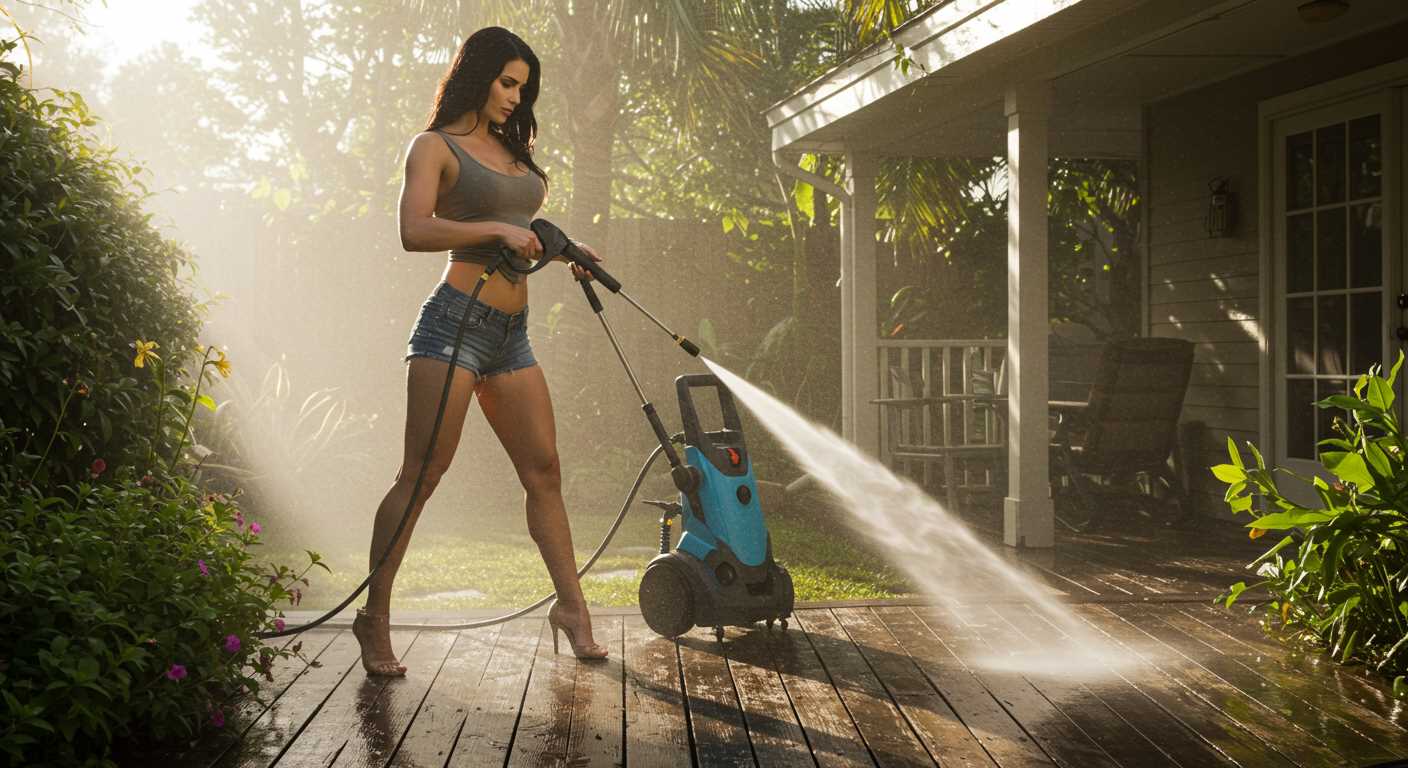
Opt for a model with a minimum of 20 litres per minute if your supply allows it. This ensures optimal operation and reduced risk of performance issues. If your flow rate is lower, consider lesser-rated units that can adapt to lower inputs.
When purchasing, also evaluate the specifications provided by manufacturers. Each unit may have unique requirements, and those specs will help determine compatibility with your plumbing situation.
Take into account the location of the supply point. If you’re using a garden hose, ensure it’s compatible with the machine’s intake needs. A long, winding hose can restrict flow, so aim for shorter lengths whenever possible.
Also, keep in mind that a unit’s suction ability varies. Some models can handle variations in flow better than others. Researching user reviews can be invaluable here to identify how a machine holds up in real conditions.
Lastly, consider the seasonal changes affecting availability. If your local supply fluctuates, look for machines specifically designed to handle inconsistent inputs, thus maintaining performance year-round.
Common Issues Caused by Inadequate Water Flow
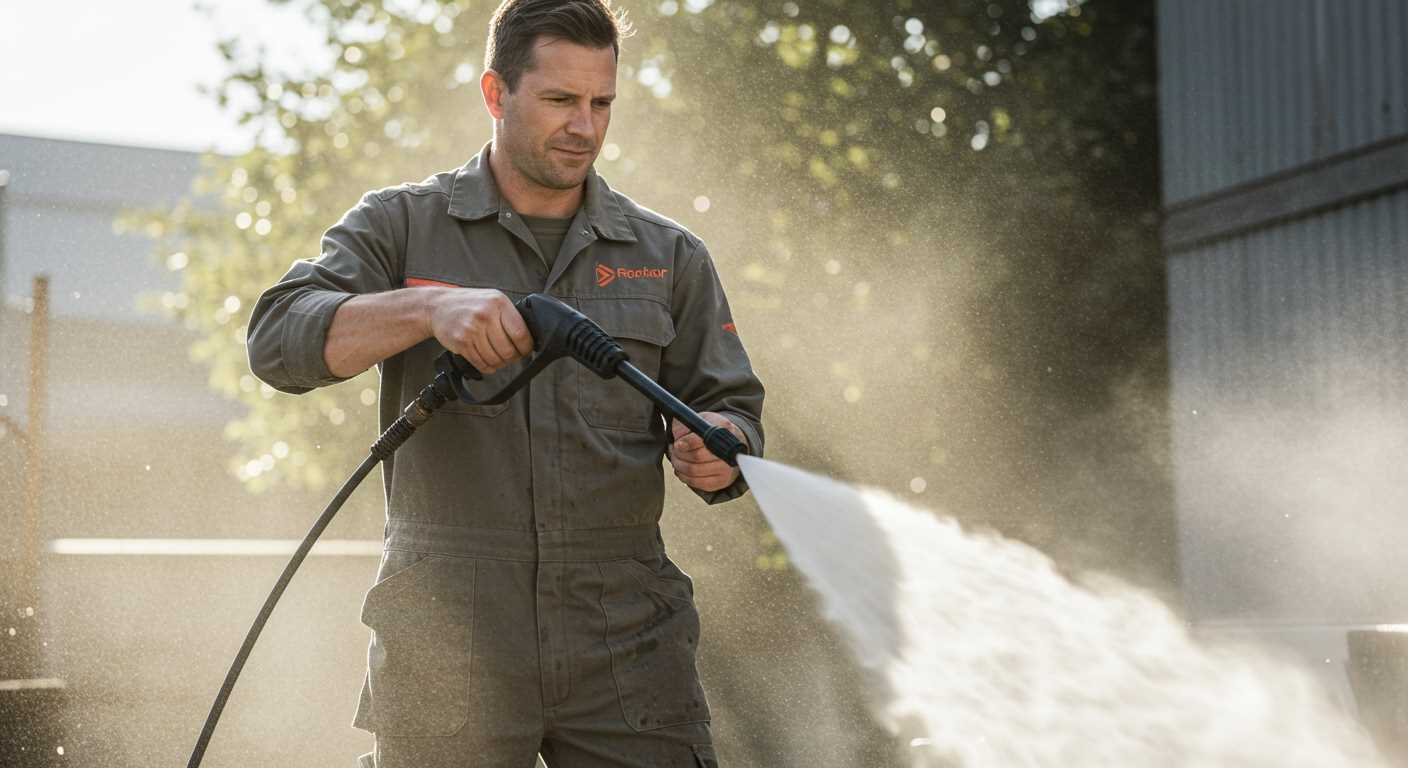
Insufficient flow can lead to a multitude of problems when using a cleaning device. Below are some of the most common issues encountered:
- Unsatisfactory Cleaning Results: Low flow can prevent the device from generating the necessary cleaning action, leaving surfaces dirty or stained.
- Increased Risk of Damage: Insufficient power may mean that users apply more aggressive techniques, risking damage to surfaces that could otherwise withstand proper cleaning methods.
- Overheating: When flow is restricted, the pump can overheat, potentially leading to early failure of the equipment.
- Reduced Efficiency: Work may take significantly longer if the machine is unable to perform at optimal levels, wasting both time and resources.
- Inconsistent Output: Fluctuations in flow can result in inconsistent spray patterns, making it challenging to achieve a uniform clean across various surfaces.
- Pump Wear and Tear: Continual operation under inadequate conditions stresses the internal components, leading to accelerated wear and potential breakdowns.
To ensure the best performance, regularly check the flow rates from your source. If issues arise, consider consulting with professionals or upgrading your system to meet the recommended specifications for optimal usage.
Tips for Optimising Water Flow for Your Equipment
Begin with ensuring your hose is free from kinks. A straight and unblemished pathway significantly enhances fluid movement, thus improving output.
Utilise a smooth, high-quality hose. This can minimise friction and allow a more consistent flow rate. A diameter of at least ¾ inch is optimal for most models.
- Check hose length. A lengthy hose can result in a drop in efficiency. Aim for the shortest feasible length while accommodating your cleaning area.
- Inspect for leaks regularly. Even small openings can reduce functional efficacy. Repair any leaks immediately to maintain performance.
- Employ a suitable inlet filter. This prevents debris from entering the unit, ensuring a clear supply and protecting internal components.
Consider your home’s supply system. If the plumbing is outdated or has restrictions, think about upgrading it to improve overall flow.
Mind the connection points. Ensure all attachments are snug. Loose fittings can cause air intake, negatively impacting efficiency.
Plan your cleaning tasks during peak supply times. Early morning or late evening might yield the best flow rates, as demand is generally lower.
Finally, test regularly. A simple gauge can inform you about your system’s performance. Making adjustments based on these readings can elevate your cleaning results significantly.
Comparing Electric vs. Gas Power Washers and Water Pressure Needs

For optimal results, electric units typically operate within a range of 1300 to 2000 PSI, while gas models offer higher performance, reaching between 2500 and 4000 PSI. Choosing the right type often depends on your specific projects and the conditions of your water source.
Electric machines are generally easier to handle and maintain, making them suitable for lighter tasks like washing cars or cleaning patios. They require less force from the water supply, with a minimum flow rate of about 1.2 GPM. This makes them compatible with standard household plumbing without much modification.
On the contrary, gas variants excel in power, boasting robust spray levels ideal for tougher jobs such as stripping paint or cleaning driveways. These machines demand more from your plumbing, needing a flow rate around 2.5 GPM or higher to function effectively. For those considering a gas option, ensuring your supply can meet these levels is crucial to avoid performance issues.
Take note of the various nozzle types; they play a significant role in adjusting the intensity of the stream based on the task at hand. Electric units often come equipped with adjustable nozzles, allowing for versatility without the need to change attachments. Gas units, however, may require nozzle swaps for different applications.
Testing the inlet conditions before making a purchase is wise. If my experience has taught me anything, it’s that matching the cleaner with your existing supply system leads to the best outcomes. Mid-range electric machines can be more forgiving on inconsistent supplies, while high-performance gas options can result in substantial disappointment without adequate resources.
In conclusion, understanding the specific requirements of electric and gas options enhances your selection process. It directly influences the effectiveness and efficiency of your cleaning tasks. Balancing the capabilities of your chosen model with your home’s water supply capability ultimately dictates your satisfaction and success.








